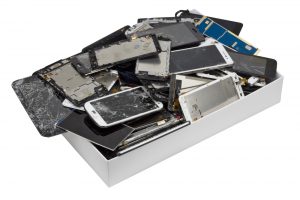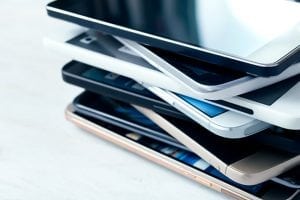 The displays on smartphones are expected to keep expanding in size, and Apple’s upcoming iPhone models will be part of the trend.
The displays on smartphones are expected to keep expanding in size, and Apple’s upcoming iPhone models will be part of the trend.
 The displays on smartphones are expected to keep expanding in size, and Apple’s upcoming iPhone models will be part of the trend.
The displays on smartphones are expected to keep expanding in size, and Apple’s upcoming iPhone models will be part of the trend.


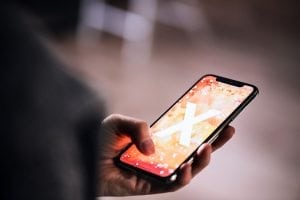 Consumers paid record prices for Apple’s iPhone X. A recent analysis shows the refurb market is doing the same.
Consumers paid record prices for Apple’s iPhone X. A recent analysis shows the refurb market is doing the same.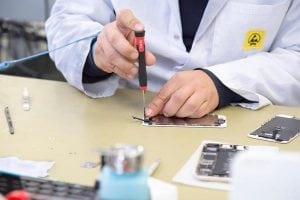 An emerging retail sales outlet for refurbished phones, tablets and laptops has raised $48 million to help it expand.
An emerging retail sales outlet for refurbished phones, tablets and laptops has raised $48 million to help it expand. An online marketplace for refurbished devices has expanded into the U.S., and company leaders are looking for refurbishers to join the platform.
An online marketplace for refurbished devices has expanded into the U.S., and company leaders are looking for refurbishers to join the platform.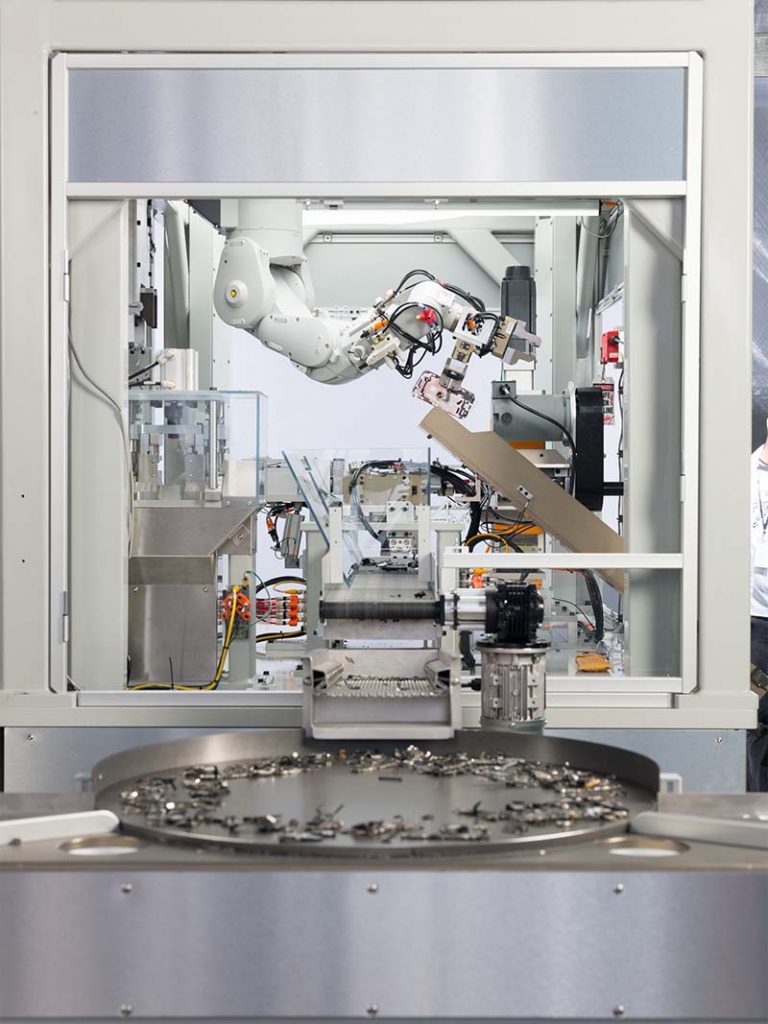
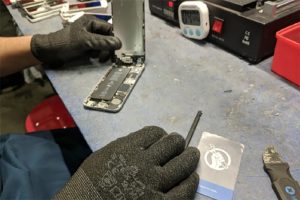 Most e-scrap managers know not to shred mobile devices that contain lithium-ion batteries. But it turns out fires are a threat even when disassembly procedures are utilized.
Most e-scrap managers know not to shred mobile devices that contain lithium-ion batteries. But it turns out fires are a threat even when disassembly procedures are utilized.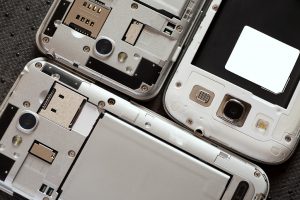 A lithium-ion battery expert says smartphone reuse trends will hamper the ability to use mobile device batteries as a major source of cobalt.
A lithium-ion battery expert says smartphone reuse trends will hamper the ability to use mobile device batteries as a major source of cobalt.
